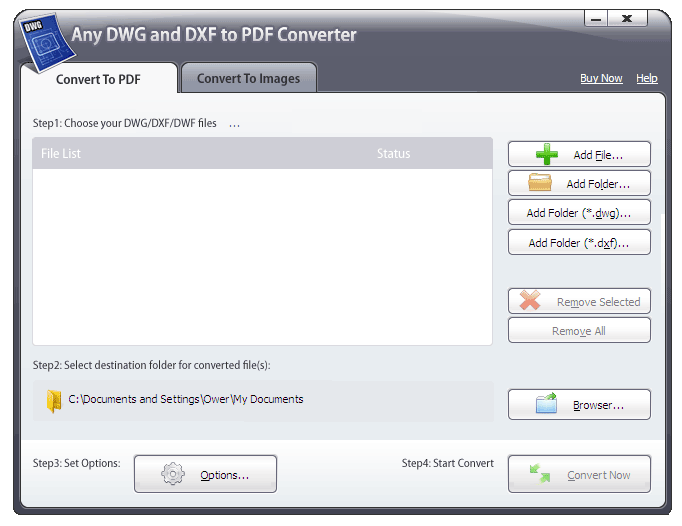


Toast 2 teaspoons five-spice powder in a small saucepan over medium heat with 1 tablespoon peanut oil, about 1 minute.Mix 1 cup light brown sugar, 3/4 cup dijon mustard and the grated zest and juice of 1 orange in a bowl.Reduce the heat to low add 1/2 cup each apple jelly and maple syrup, 1/4 cup whole-grain mustard, 1/2 teaspoon allspice and 1/4 teaspoon nutmeg. Add 1 cup hoisin sauce, 3 tablespoons each honey and rice vinegar, 1 tablespoon soy sauce and 1 cup water. Boil and reduce to 1 1/2 cups, about 5 minutes. Squeeze the juice into a saucepan add 8 thin slices ginger and 2 cups unsweetened pineapple juice. Boil until reduced to 1/2 cup, 8 to 10 minutes. Roll out enough aluminum foil to surround the ham and place the ham in the center of the foil.In a bowl, mix together the brown sugar, honey, orange zest, 1/4 cup orange juice, pumpkin pie spice, and nutmeg.Strain, then add the lime zest, 1 cup apricot preserves and 1/4 cup dijon mustard. Peel back the layers of the ham and place a sprig of thyme between every other layer of the spirals. Pour half of the glaze over the ham allowing it to sink into the slices. Tightly wrap the ham in the foil and place on a rack in a roasting pan.

Pour the remaining half of the glaze in a small saucepot on medium heat and bring to a simmer.Fill the pan with an inch of water and roast in the oven until the internal temperature reaches 140 degrees F, about 20 minutes per pound. Raise the oven temperature to 400 degrees F.Whisk until small bubbles appear all over, then turn off the heat. Using caution and tongs to help, peel back the aluminum foil from the top, leaving the aluminum foil on the sides and underneath the ham to catch the glaze and juices. So when I used the phrase “words have meanings” to describe one side of a divide between people who use language to report facts, and people who use language to enact roles, was I strawmanning the other side? Everyone agrees that words have meaning they convey information from the speaker to the listener or reader.Slather the remaining glaze all over the top of the ham and place back in the oven uncovered for 15 more minutes. Many common uses of language, including some perfectly legitimate ones, are not well-described by "words have meanings." For instance, people who try to use promises like magic spells to bind their future behavior don't seem to consider the possibility that others might treat their promises as a factual representation of what the future will be like. Some uses of language do not simply describe objects or events in the world, but are enactive, designed to evoke particular feelings or cause particular actions. Even when speech can only be understood as a description of part of a model of the world, the context in which a sentence is uttered often implies an active intent, so if we only consider the direct meaning of the text, we will miss the most important thing about the sentence. Some apparent uses of language’s denotative features may in fact be purely enactive. This is possible because humans initially learn language mimetically, and try to copy usage before understanding what it’s for. Primarily denotative language users are likely to assume that structural inconsistencies in speech are errors, when they’re often simply signs that the speech is primarily intended to be enactive. Some uses of words are enactive: ways to build or reveal momentum. Others denote the position of things on your world-map. In the denotative framing, words largely denote concepts that refer to specific classes of objects, events, or attributes in the world, and should be parsed as such. The meaning of a sentence is mainly decomposable into the meanings of its parts and their relations to each other.


 0 kommentar(er)
0 kommentar(er)
